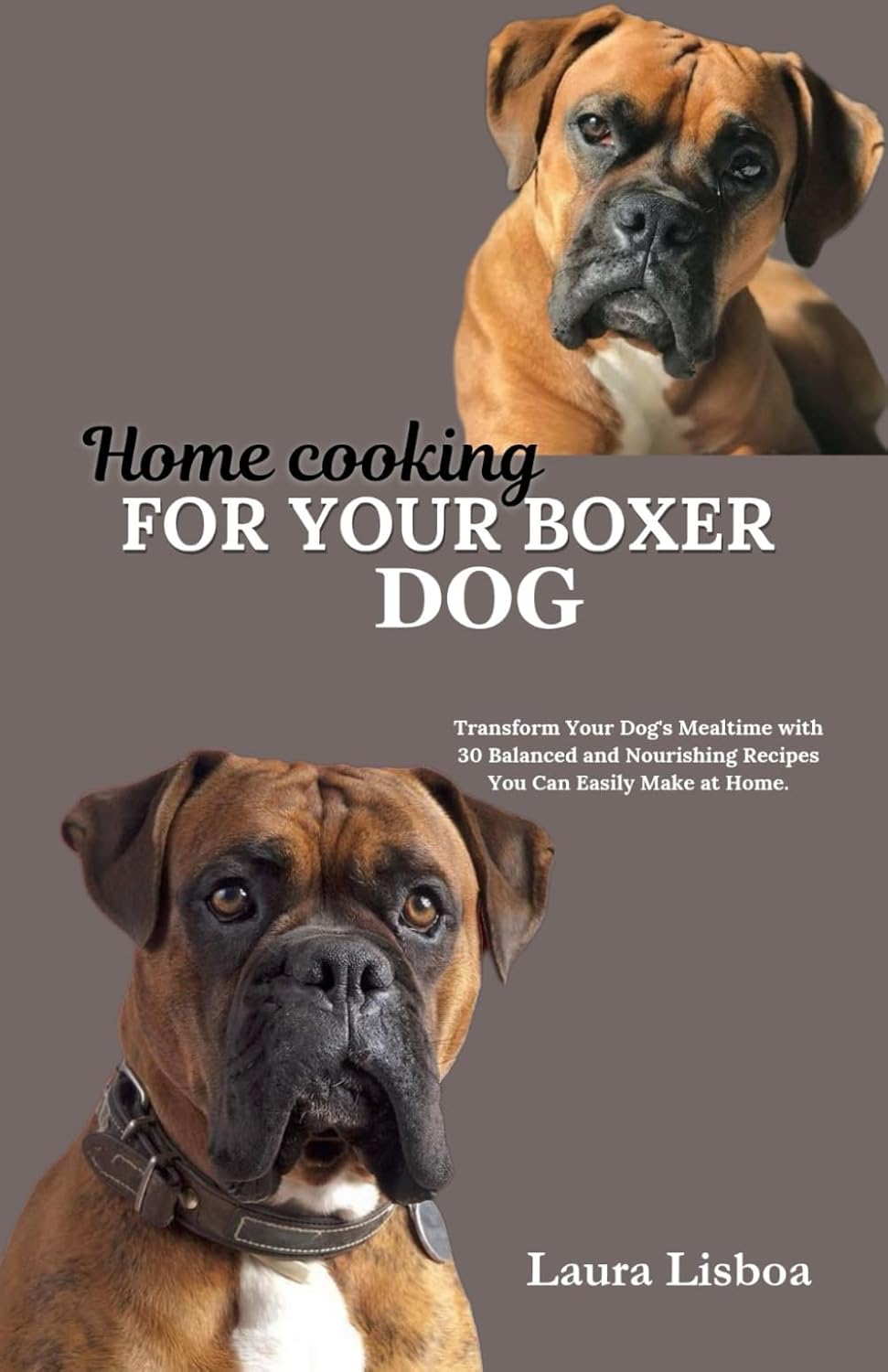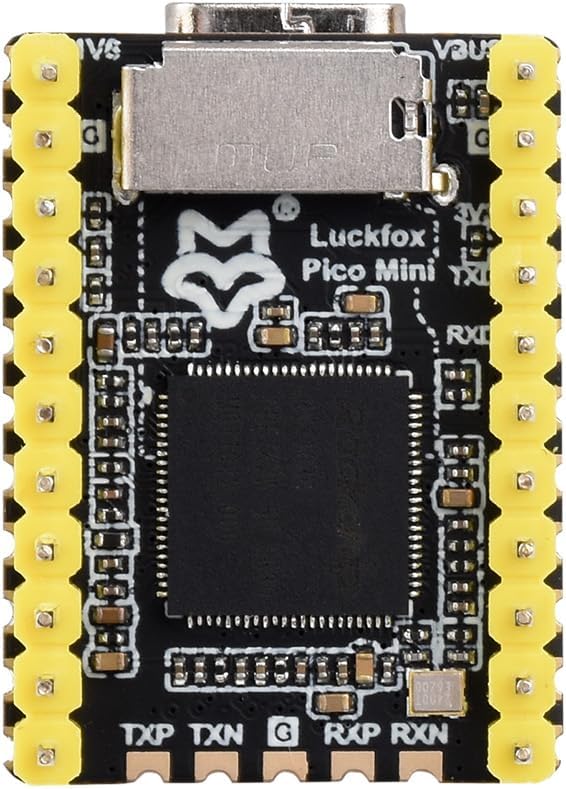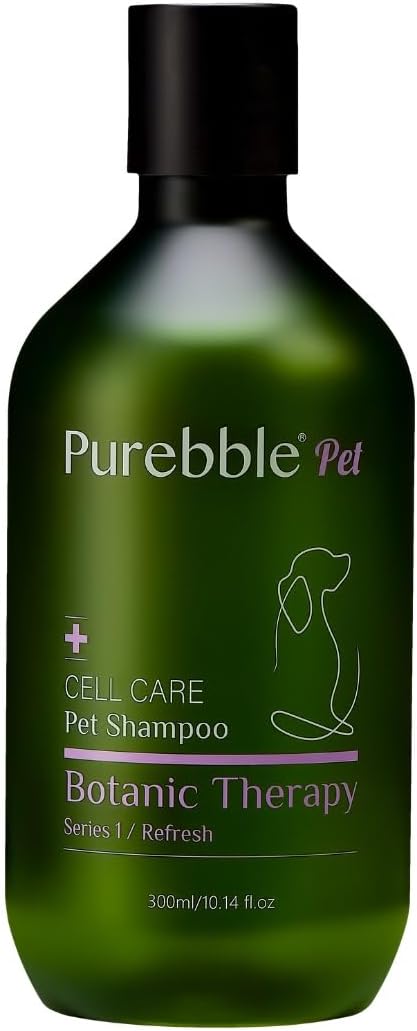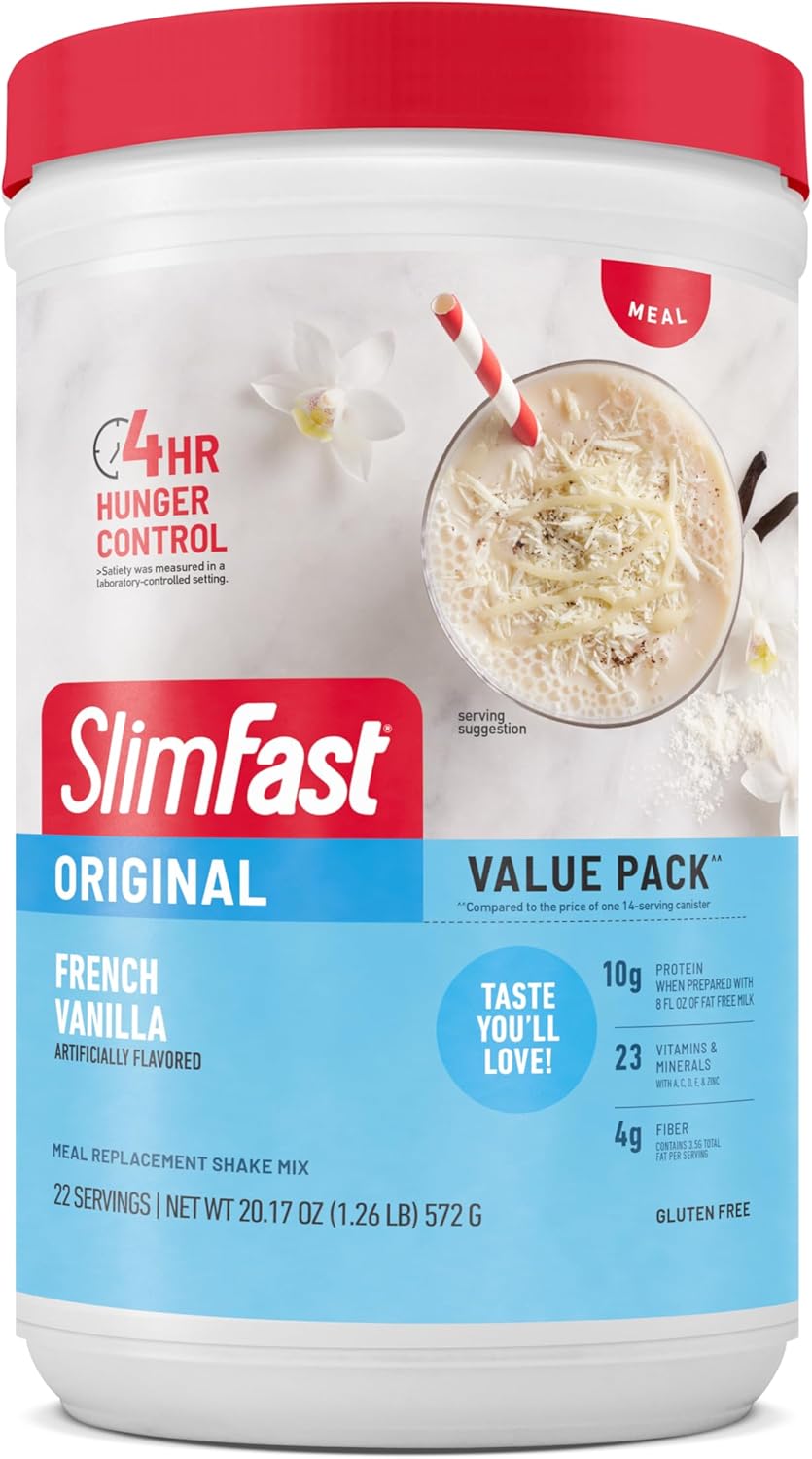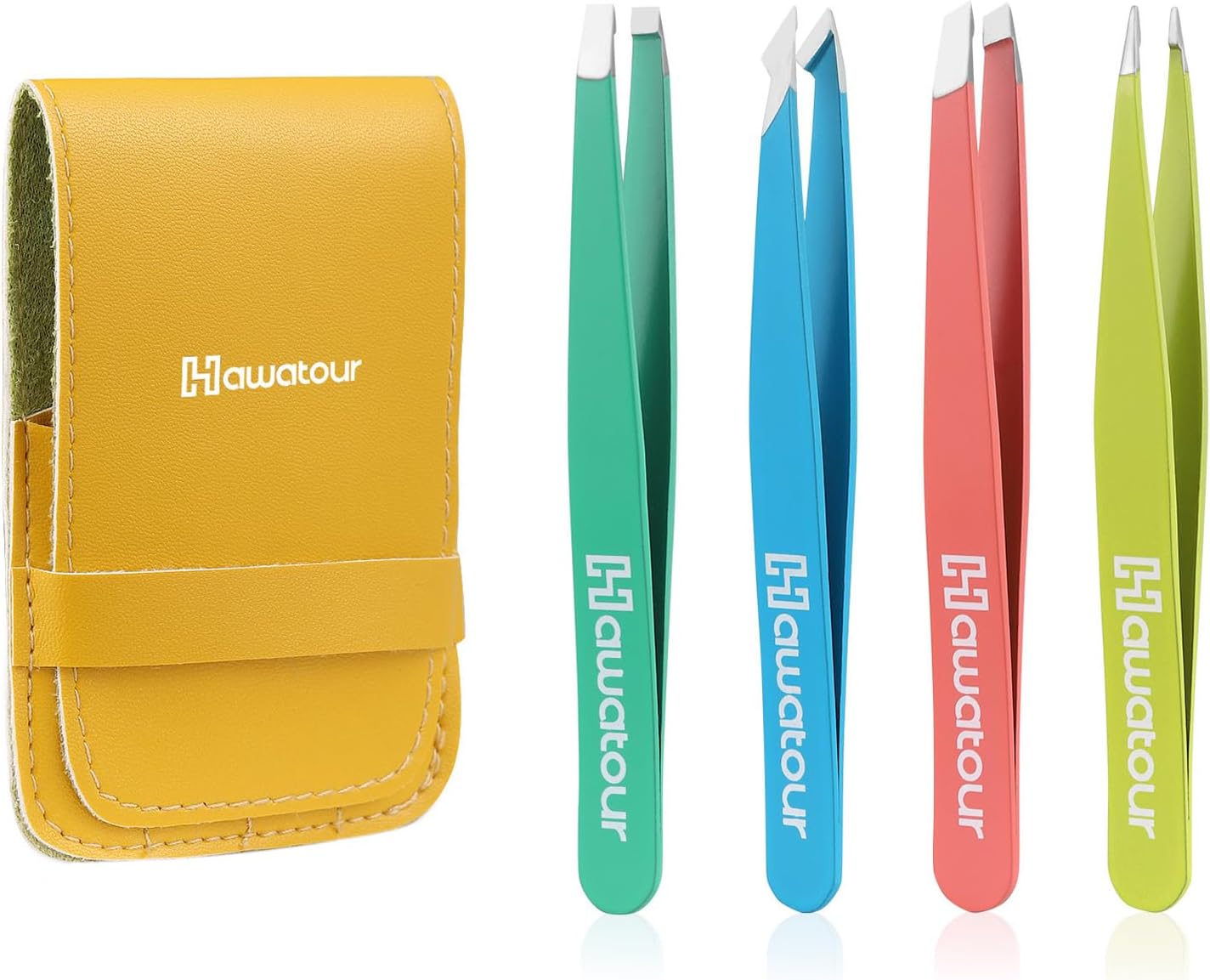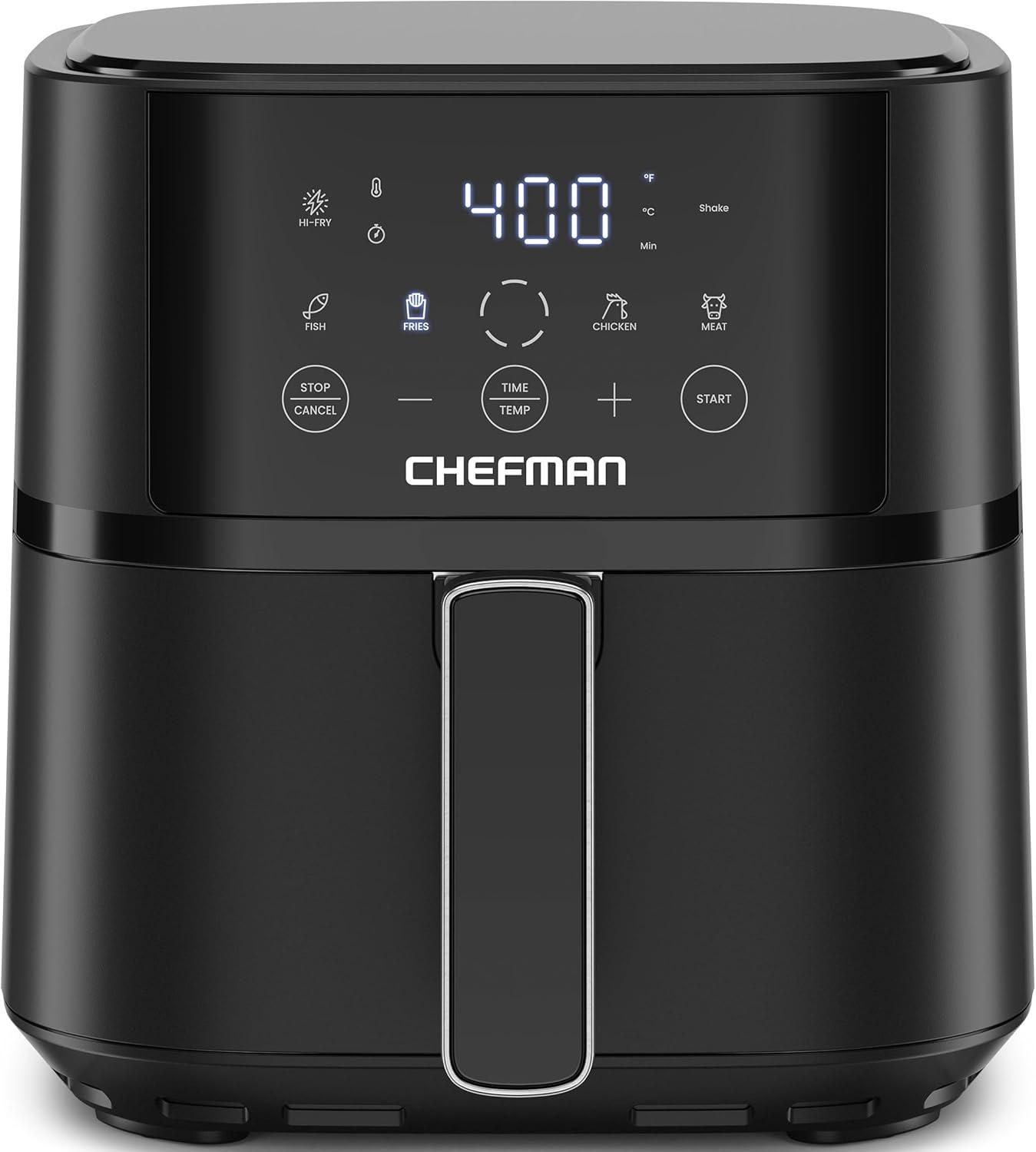
Price: $24.99 - $10.99
(as of Apr 07, 2025 03:40:42 UTC - Details)
What’s the Best Food to Feed Your Dog: A Comprehensive Guide
Introduction
Finding the best food to feed your dog is one of the most important decisions you'll make as a pet owner. Just like humans, dogs require a balanced diet to thrive. With so many options available, it can be overwhelming to choose the right one. This article will guide you through the best food options, focusing on various types of dog food and their benefits. Whether you’re looking for dry kibble, wet food, or a raw diet, we’ve got you covered. Let’s dive into the essentials of canine nutrition and help you make an informed choice for your furry friend.
1. The Importance of a Balanced Diet for Dogs
When considering what’s the best food to feed your dog, it’s crucial to understand the importance of a balanced diet. Dogs need a mix of proteins, carbohydrates, fats, vitamins, and minerals in their meals. A balanced diet supports their overall health, boosts their immune system, and keeps their coat shiny and skin healthy.
Why Protein Matters
Protein is essential for your dog’s growth and muscle development. Look for dog food that lists high-quality meat sources like chicken, beef, or fish as the first ingredient. These proteins are vital for maintaining strong muscles and overall health.
Carbohydrates for Energy
Carbohydrates provide the energy your dog needs to stay active. Ingredients like brown rice, sweet potatoes, and peas are excellent sources of healthy carbs. They also contribute fiber, which aids digestion.
Healthy Fats
Don’t shy away from fats! Healthy fats, such as omega-3 and omega-6 fatty acids, are crucial for skin and coat health. Look for dog foods that include fish oil or flaxseed as part of their ingredients.
Vitamins and Minerals
These micronutrients support various bodily functions. Ensure your dog’s food contains a mix of fruits and vegetables, as they are great sources of vitamins and minerals.
2. Dry Kibble: Convenience and Nutrition
Dry kibble is one of the most popular choices among dog owners. It’s convenient, cost-effective, and has a long shelf life. But is it the best food to feed your dog? Let’s explore its benefits.
Advantages of Dry Dog Food
- Easy to Store: Kibble can be kept in a dry, cool place for an extended period without spoiling.
- Dental Health: Crunchy kibble can help reduce plaque and tartar build-up on your dog’s teeth.
- Portion Control: Kibble makes it easy to measure out portions, helping to prevent overfeeding.
Choosing the Right Kibble
When selecting dry food, look for options that contain real meat as the primary ingredient and avoid those with fillers like corn and soy. Check the label for the Association of American Feed Control Officials (AAFCO) statement, which ensures the food meets the nutritional standards for dog food.
3. Wet Food: Flavor and Hydration
Wet dog food is another popular option that many dogs love due to its taste and texture. But is wet food the best food to feed your dog? Let’s take a closer look.
Benefits of Wet Dog Food
- Palatability: Most dogs find wet food more appealing, especially picky eaters.
- Hydration: Wet food contains a higher moisture content, which can be beneficial for dogs that don’t drink enough water.
- Variety of Flavors: Wet food often comes in various flavors, making mealtime exciting for your pup.
Considerations When Choosing Wet Food
While wet food can be a tasty option, it’s often more expensive than dry food and has a shorter shelf life once opened. Look for options with high-quality ingredients and ensure they meet AAFCO standards.
4. Raw Diet: The Controversial Choice
The raw food diet, also known as a BARF diet (biologically appropriate raw food), has gained popularity among pet owners. This diet typically consists of raw meat, bones, fruits, and vegetables. But is it the best food to feed your dog?
Pros of a Raw Diet
- Natural Ingredients: Advocates argue that a raw diet mimics what dogs would eat in the wild, providing natural nutrients.
- Improved Coat and Skin: Many owners report shinier coats and healthier skin in dogs on a raw diet.
- Better Digestion: Some dogs may experience fewer digestive issues with raw food.
Risks of a Raw Diet
However, there are risks associated with feeding your dog a raw diet. Bacteria such as Salmonella and E. coli can be present in raw meat, posing health risks to both dogs and humans. It’s essential to consult with a veterinarian before switching to a raw diet to ensure it’s safe and balanced.
5. Grain-Free Diet: Is It Right for Your Dog?
Grain-free diets have become trendy, especially with the rise of gluten sensitivities in humans. But is grain-free the best food to feed your dog? Let’s explore this option.
Who Should Consider Grain-Free?
Some dogs may benefit from a grain-free diet, especially those with allergies or sensitivities to grains like wheat or corn. Grain-free diets typically contain alternative carbohydrate sources such as sweet potatoes, peas, or lentils.
Potential Risks
However, recent studies have linked grain-free diets to certain heart conditions in dogs, particularly dilated cardiomyopathy (DCM). If you're considering a grain-free diet, consult your veterinarian to discuss the potential benefits and risks for your dog.
6. Homemade Dog Food: A Personalized Approach
Some pet owners choose to prepare homemade dog food to ensure their pets receive the best nutrition. But is homemade the best food to feed your dog? Let’s discuss.
Benefits of Homemade Dog Food
- Control Over Ingredients: You can choose high-quality, fresh ingredients.
- Customization: You can tailor the diet to your dog’s specific needs, including allergies or health conditions.
Challenges of Homemade Dog Food
However, creating a balanced homemade diet can be challenging. It’s vital to ensure you include all necessary nutrients. Consult with a veterinarian or a pet nutritionist to formulate a well-rounded recipe.
Conclusion
Choosing the best food to feed your dog doesn’t have to be a daunting task. Whether you opt for dry kibble, wet food, a raw diet, grain-free options, or homemade meals, what’s most important is that you provide balanced nutrition tailored to your dog’s needs. Always consult with your veterinarian before making significant changes to your dog’s diet. By understanding the nutritional requirements and the various food types available, you can help your furry friend lead a healthy and happy life. Remember, a well-fed dog is a happy dog!
Discover the joy of cooking fresh, healthy, and delicious meals tailored specifically for your dog. "Home Cooking for Your Boxer Dog" is more than just a cookbook—it’s a comprehensive guide to improving your dog’s health, energy, and overall happiness through wholesome, homemade meals. Whether you’re a seasoned pet parent or new to the idea of home cooking for your furry companion, this book offers an easy-to-follow roadmap for creating meals that are as nourishing as they are tasty.Packed with 30 meticulously crafted recipes, this book takes into account the unique nutritional needs of active and loyal dogs, ensuring every meal supports their growth, vitality, and well-being. From boosting energy levels to promoting a shiny coat and strong joints, these recipes are designed to help your dog thrive at every stage of life.
Why You Need This Book:
Control Over Ingredients: Say goodbye to processed fillers and preservatives. This book helps you take control of your dog’s diet with meals made from high-quality, natural ingredients.
Tailored Nutrition: Each recipe is thoughtfully developed to meet the dietary needs of dogs, ensuring balanced proportions of protein, fats, and carbohydrates.
Cost-Effective Solution: Save money on expensive specialty dog foods by preparing meals at home that are just as nutritious—if not more!
Strengthened Bond: Preparing homemade meals deepens the connection between you and your dog, showing them just how much they mean to you.
Comprehensive Guidance: With clear instructions, portion size recommendations, and nutritional insights, this book makes it easy for anyone to start cooking for their pet.
Healthy Lifestyle: Reduce the risk of common health issues by providing meals that promote heart health, joint strength, digestive balance, and a robust immune system.
This book isn’t just about recipes; it’s about taking an active role in your dog’s well-being and ensuring they live a long, vibrant life. Whether you’re looking to add variety to their meals, address specific health concerns, or simply ensure they enjoy the best possible nutrition, "Home Cooking for Your Boxer Dog" is the perfect guide.
Give your dog the gift of better health and happier mealtimes with recipes made straight from the heart—and your kitchen!
